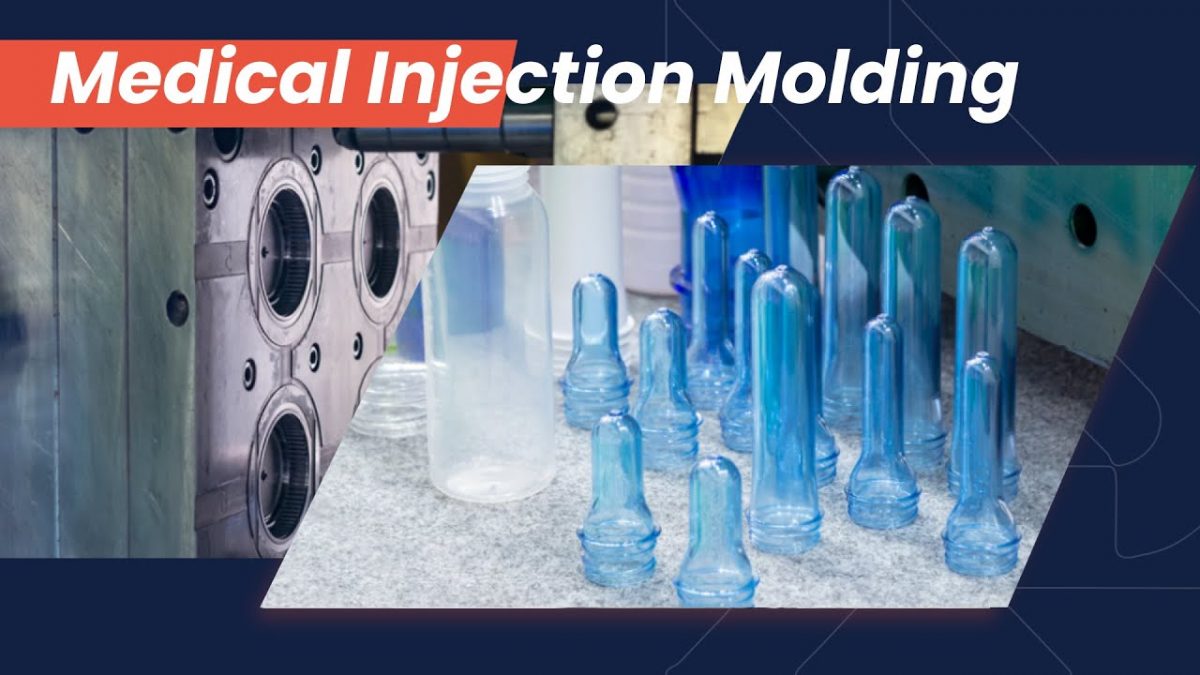Medical injection molding is a precise and efficient manufacturing process utilized in the production of critical components for the healthcare industry. Estimating the injection molding cycle is crucial for optimizing production efficiency, managing costs, and ensuring timely delivery of medical devices. In this article, we will explore the key factors that influence the duration of the medical injection molding cycle and provide insights into how you can estimate and optimize this critical aspect of the manufacturing process.
Understanding the Injection Molding Cycle:
The injection molding cycle consists of several sequential phases that include injection, cooling, dwelling, and ejection. Each phase contributes to the overall duration of the molding cycle, and understanding these stages is essential for accurate estimation.
Factors Influencing the Injection Molding Cycle:
**1. Part Complexity and Size:
The complexity and size of the medical component being molded are significant factors in determining the cycle time. Intricate and larger parts often require longer injection and cooling phases to ensure proper filling and solidification.
**2. Material Selection:
The type of material used in medical injection molding has a direct impact on the cycle time. Different materials have varying melt and cooling characteristics. High-performance materials may require specific processing conditions, influencing the overall duration of the cycle.
**3. Mold Design and Complexity:
The design and intricacy of the mold play a crucial role in cycle time estimation. A more complex mold with intricate features may require longer cooling times to ensure uniform solidification. Additionally, the materials used for the mold can affect heat transfer and cycle duration.
**4. Injection Speed and Pressure:
The speed and pressure at which the molten material is injected into the mold affect the cycle time. Higher injection speeds and pressures may reduce the filling time but can also increase the cooling time to prevent defects.
**5. Temperature Control:
Precise temperature control is essential for achieving optimal cycle times. The temperature of the mold and the molten material must be carefully managed to ensure proper filling, solidification, and ejection. Inconsistent temperature control can lead to defects and longer cycle times.
**6. Cooling System Efficiency:
The efficiency of the cooling system is a critical factor in cycle time estimation. Proper cooling is necessary to solidify the molded part before ejection. Enhanced cooling systems, such as conformal cooling, can optimize the cooling phase and reduce cycle times.
**7. Ejection Mechanism:
The ejection phase, where the molded part is released from the mold, contributes to the overall cycle time. The design and efficiency of the ejection mechanism influence how quickly parts can be removed without compromising quality.
Estimating the Medical Injection Molding Cycle:
**1. Utilize Simulation Software:
Advanced simulation software allows for accurate modeling of the injection molding process. By inputting parameters such as material properties, mold design, and machine settings, these simulations can provide valuable insights into the expected cycle time. This enables manufacturers to identify potential challenges and optimize the process before physical production begins.
**2. Collect Historical Data:
Previous production runs and historical data can serve as valuable references for estimating the injection molding cycle. Analyzing past projects with similar materials, molds, and machine settings can provide insights into expected cycle times and potential areas for improvement.
**3. Conduct Mold Flow Analysis:
Mold flow analysis involves simulating the flow of molten material within the mold. This analysis helps identify potential issues such as air traps, weld lines, and cooling inefficiencies that can impact cycle times. Addressing these issues can lead to more accurate cycle time estimates.
**4. Consider Prototyping:
Creating prototypes or small batches of parts allows manufacturers to test and refine the injection molding process. Prototyping helps in understanding how different variables impact cycle times and allows for adjustments before full-scale production.
**5. Optimize Process Parameters:
Fine-tuning process parameters such as injection speed, temperature, and pressure can significantly impact cycle times. Through systematic experimentation and optimization, manufacturers can identify the ideal settings for minimizing cycle times without compromising part quality.
**6. Invest in Advanced Equipment:
Upgrading to modern and advanced injection molding machines with features like high-speed injection, precise temperature control, and efficient cooling systems can contribute to shorter cycle times. Investing in state-of-the-art equipment is a strategic approach to optimizing the injection molding process.
**7. Collaborate with Suppliers:
Engaging in collaborative partnerships with material suppliers and mold makers can provide valuable insights and recommendations for optimizing cycle times. Suppliers with expertise in medical injection molding materials can offer guidance on material selection and processing conditions.
Conclusion:
Estimating the medical injection molding cycle is a multifaceted process that requires careful consideration of various factors, from part complexity and material selection to machine settings and cooling efficiency. Leveraging simulation software, historical data, and advanced analysis techniques can enhance the accuracy of cycle time estimates.
Continuous optimization and refinement of the injection molding process contribute to increased efficiency, reduced costs, and improved overall production outcomes. By adopting a systematic approach to cycle time estimation, manufacturers can ensure that medical devices are produced with precision, reliability, and within the specified timeframes.
